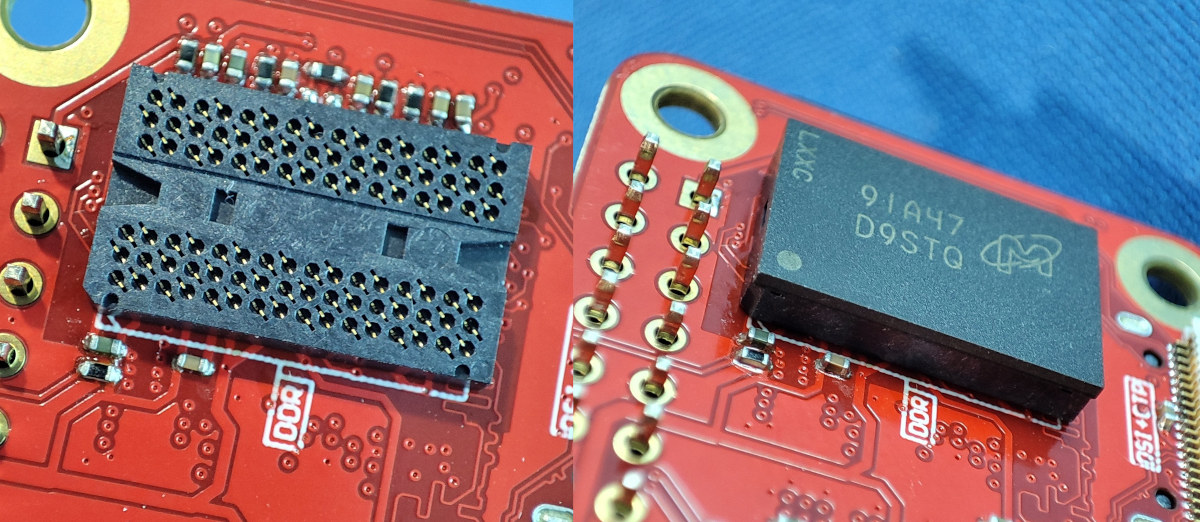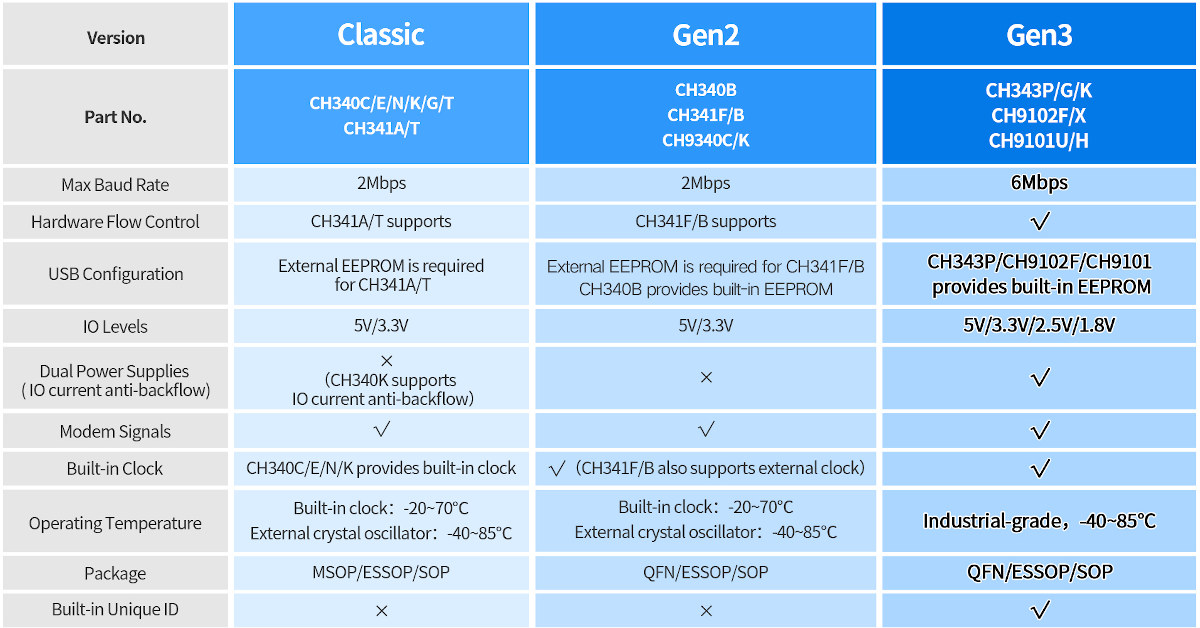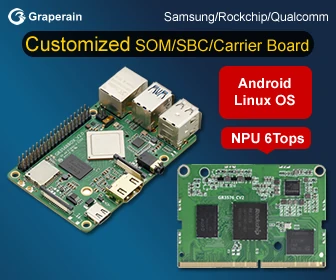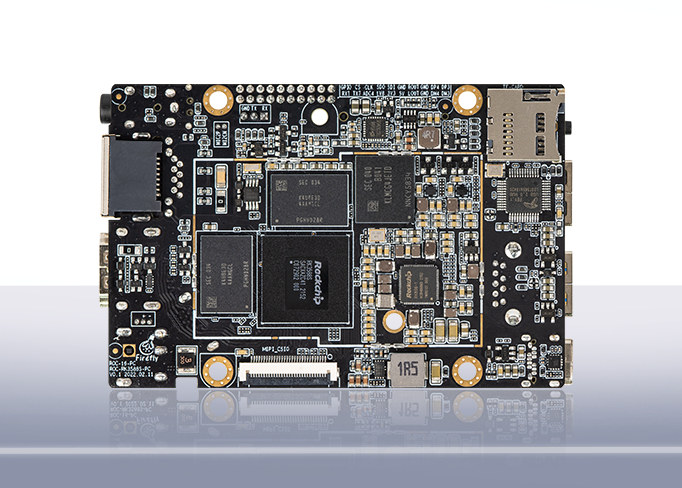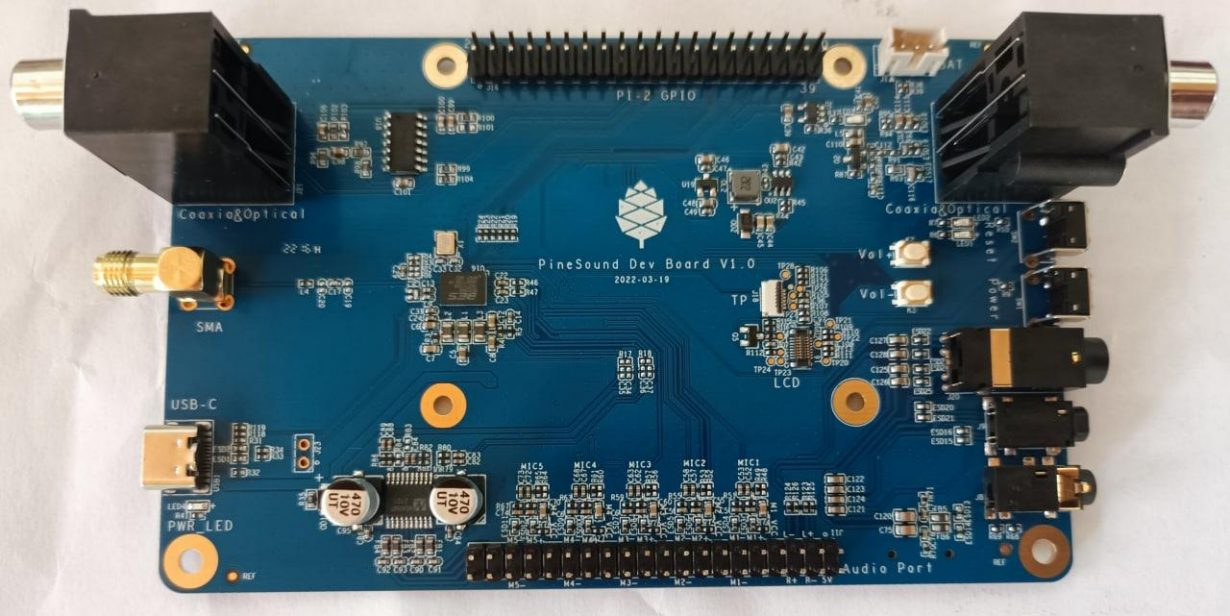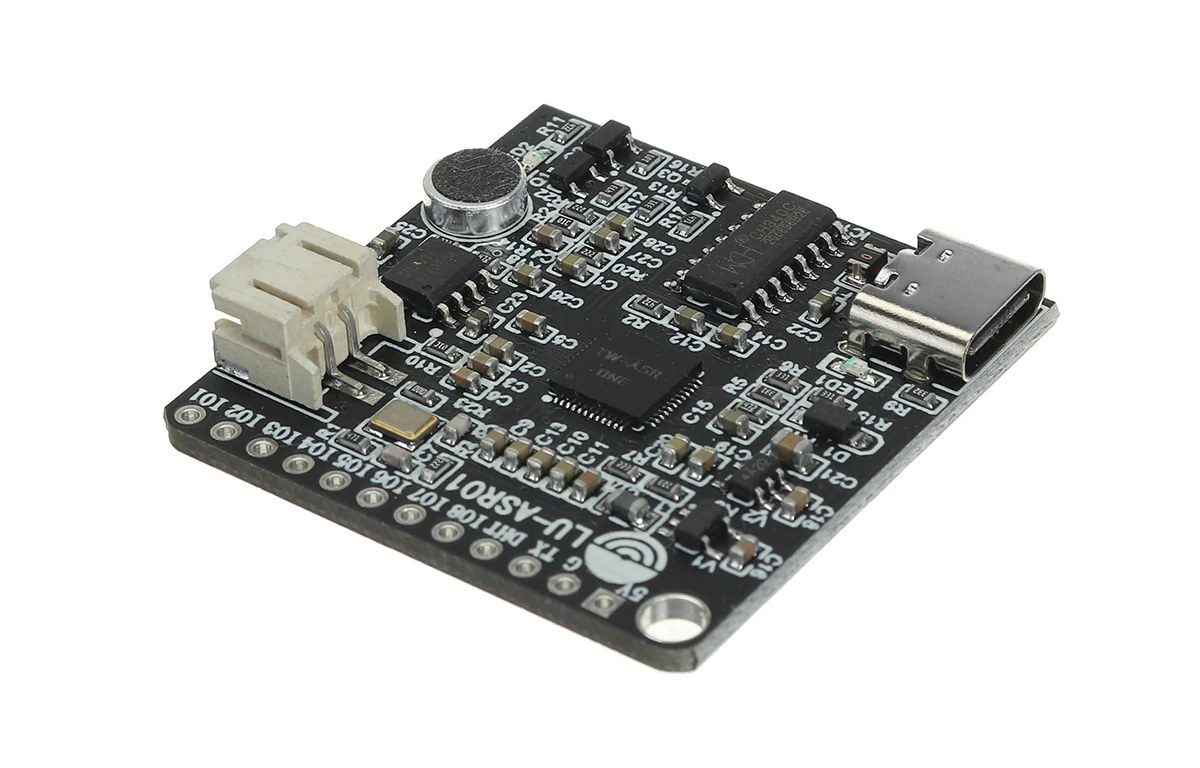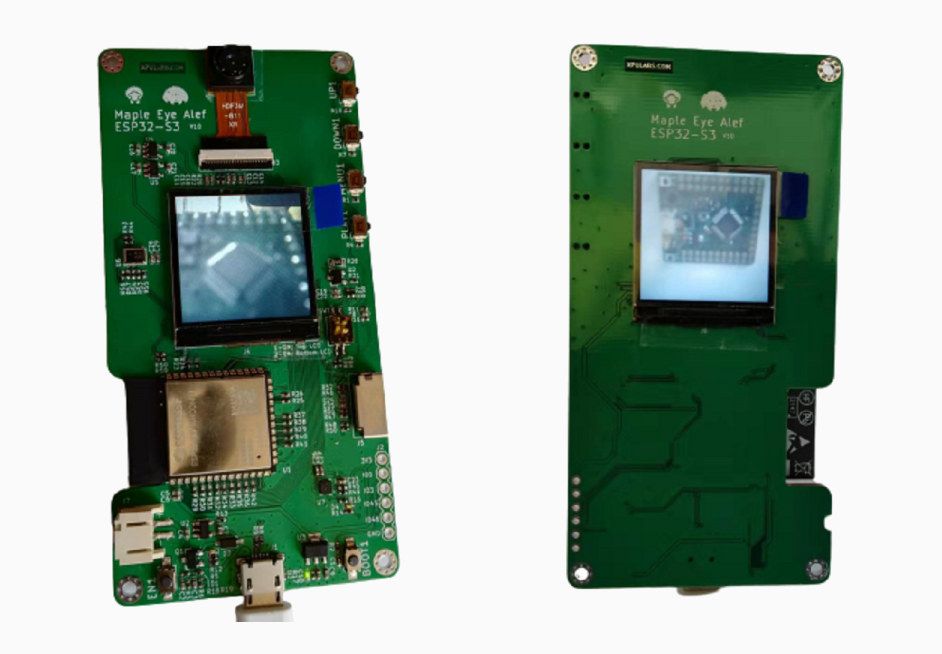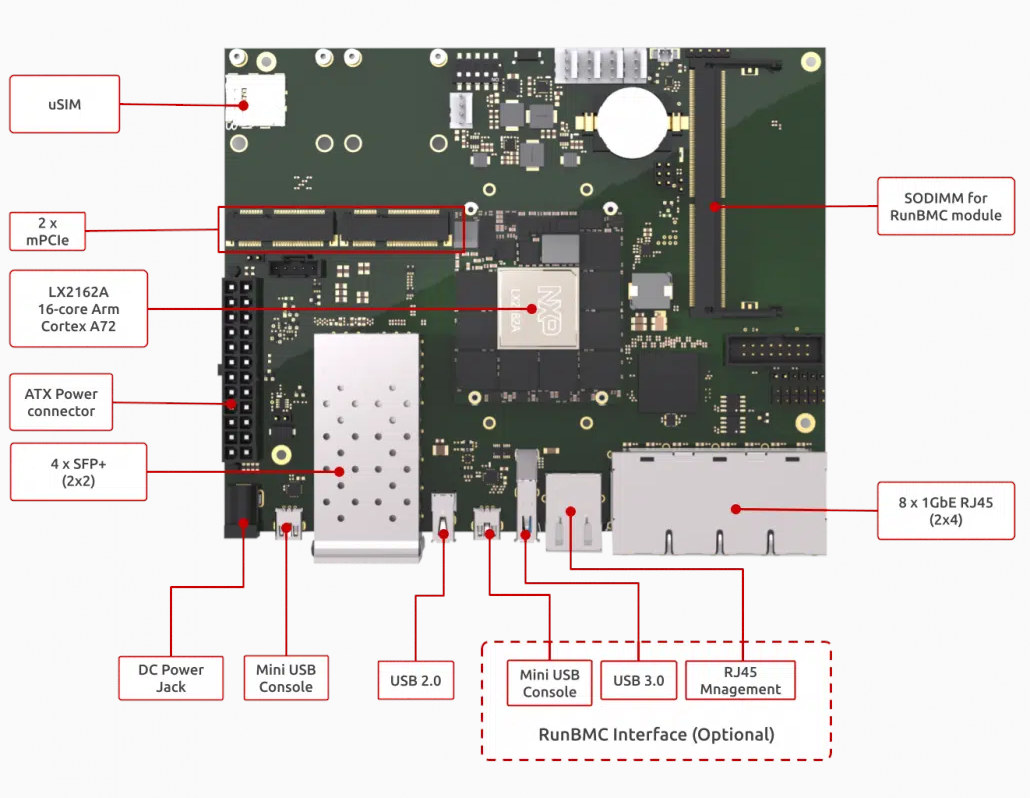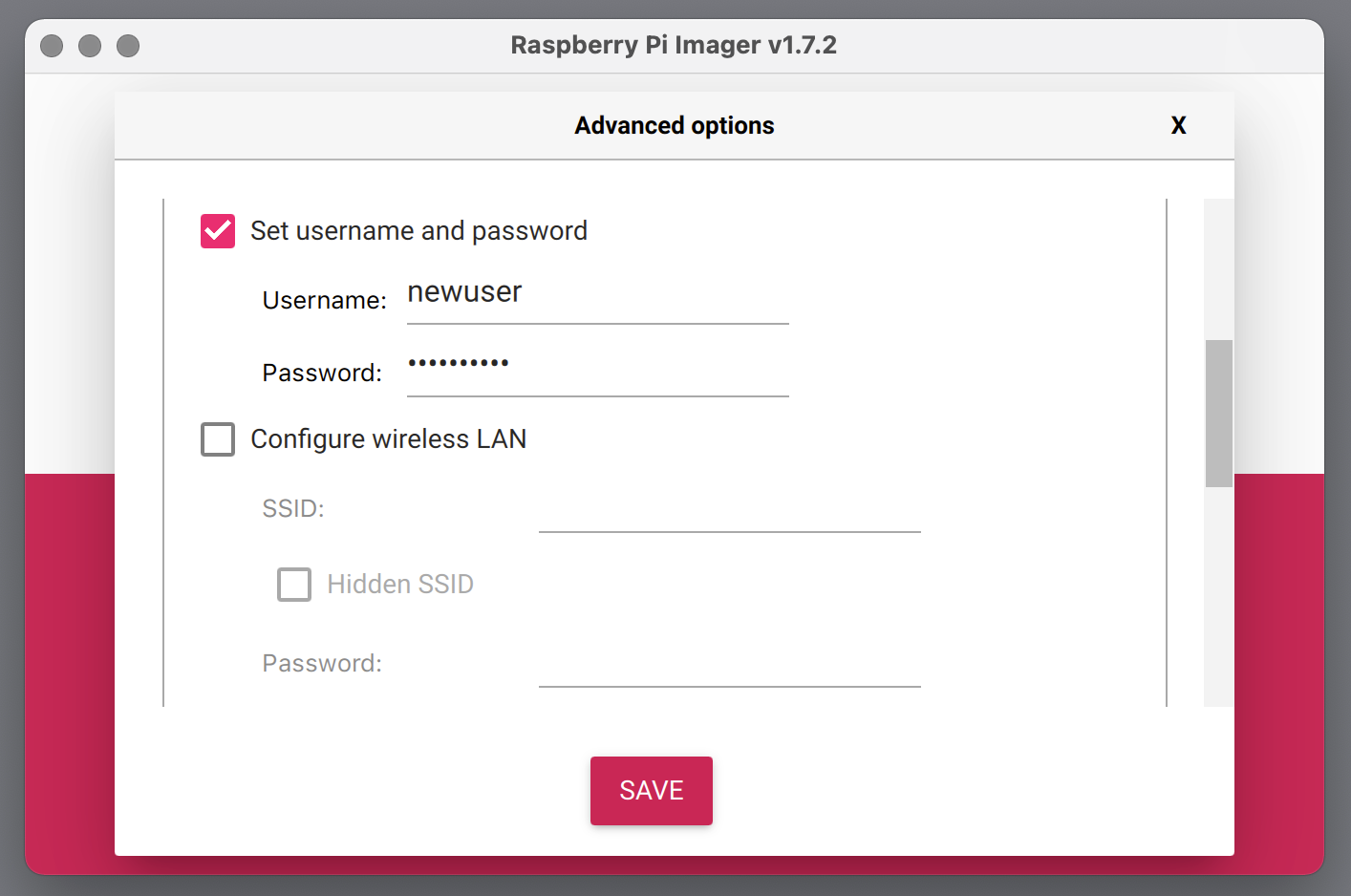BGA socket allows RAM upgrades on SBCs
In most cases, both the eMMC flash and RAM are soldered on single board computers, but we’ve previously boards with eMMC flash modules that allows to optionally add storage of various capacity and speed. But today I learned something similar exists for RAM chips with a socket that allows you to clip a BGA chip to change RAM capacity. The BGA socket is simply soldered on the board instead of the RAM chip itself, and as demonstrated on the MangoPi MQ Pro board, you could then insert the chip on the board instead of soldering it. Those are the specifications of the “DDR3x16-96” socket used above: Materials Socket base: LCP (liquid crystal polymers) Contacts: BeCu (Beryllium Copper), selective Au-Au flash over Ni plating Insulation resistance – 1000 MOhm or more at DC 100V Dielectric withstanding voltage – 100V AC for one minute Contact resistance – 50 mOhm max, at 10mA […]


